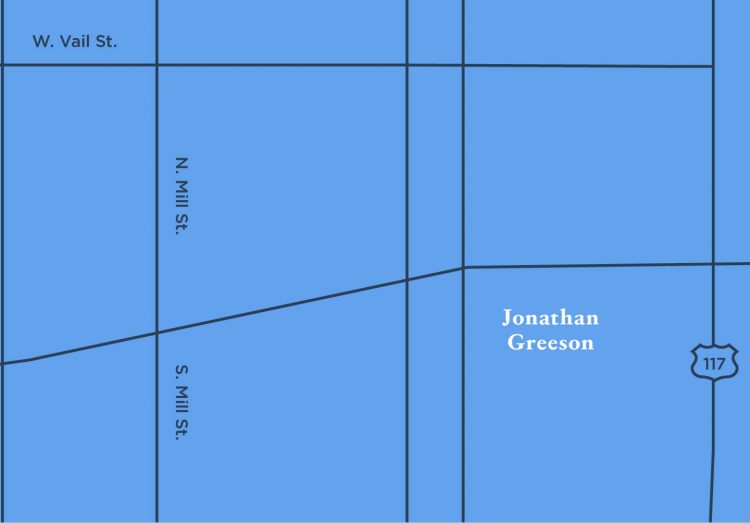One of the services I offer is what I call a budgeting plan, which basically helps the client learn good spending habits. I’ll change the name eventually because I don’t like the view society has of the word “budget.” It seems that when we hear “budget,” we think of Government agencies where they have to forecast spending in each category for an entire year before the year begins. Then, if you over or underestimate a category, you must get approval to amend the budget. I spent 8 years in County Government, so I know how much of a pain it can be.
I understand these steps are necessary to prevent corruption, but it cannot be done in the home. You cannot let your family starve because you underestimated food costs for a month. I believe home budgeting is more about making good choices. I teach clients to understand how much cash they bring in versus how much goes out, while keeping their eyes on their future goals. Hopefully, this leads to good spending habits.
A major topic in client meetings is debt management as it is a key to financial success. It is hard to plan for the future while you are paying for the past. Obviously, a good spending habit is using unexpected income to make an extra payment on your debt, but how can you actually get out of debt? I have the tools to help you decide what payments you can afford and how long it will take to be debt free, but my clients have been asking me if I preferred the snowball or avalanche approach. Honestly, I had to do some research because they didn’t teach these in finance school. We were just taught how to pay it off in a specific amount of time. The snowball/avalanche approach came from self-help books, so of course, I had to do an experiment to see which was best.
My test included 5 different debts for a total of $10,000 with each debt charging a different rate of interest. There was $500 available each month and each debt had a $25 minimum payment. I used the snowball, avalanche, and a balanced payment approach. The total spent to pay off the debt with balanced payments was $10,625.85, the snowball was $10,625.44, and the avalanche total was $10,558.62. The avalanche approach saved $68.23 overall, which makes sense because it eliminates the debt with the highest interest rate first. The snowball approach eliminates the debt with the lowest balance first regardless of the interest rate and the balanced payments were just $100 on each debt each month.
Other than saving $68.23, there really isn’t anything that makes one approach the right one over the other two. It is basically based on the perspective of the client. Some may want to save the $68.23 while others prefer to eliminate the small debts first. All 3 approaches eliminated all debt in 22 months, which tells me that, regardless of the approach, a plan always works! Let’s set up a meeting and build a plan for you!


